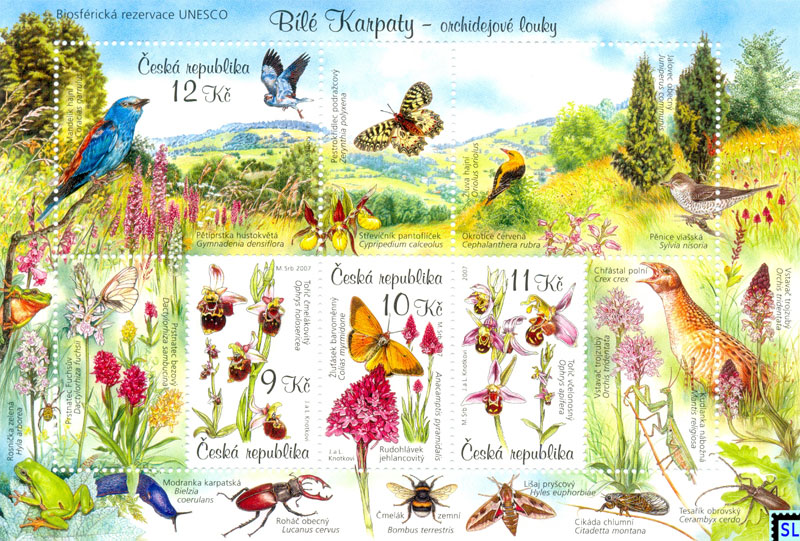On December 28, 2015, the U.S. Environmental Protection Agency (EPA) finalized important changes to the “minimum risk” pesticide exemption under the Federal Insecticide, Fungicide, and Rodenticide Act (FIFRA). See EPA, “Pesticides; Revisions to Minimum Risk Exemption,” 80 Fed. Reg. 80653 (Dec. 28, 2015). EPA’s new rule goes into effect February 26, 2016, with the exception of the deadline for compliance with new labeling requirements for minimum risk products, which is February 26, 2019. EPA’s action follows changes proposed in December 2012 and marks the first set of revisions to EPA’s minimum risk pesticide regulations since the Agency originally promulgated them in 1996. As briefly summarized below, the changes include more detailed EPA listings of the active and inert ingredients that may be used in minimum risk pesticides. Although EPA has not added or subtracted any ingredients from its lists of eligible minimum risk product ingredients, in its survey of personal insect repellent products currently distributed as minimum risk pesticides, it found that nearly half contain ingredients not permitted by its regulations. Based on this analysis, EPA suggests that the more detailed listings included in its newly codified provisions may require manufacturers who currently distribute pesticides under the minimum risk exemption to reformulate their products to achieve compliance.
Background
EPA first promulgated 40 CFR Section 152.25(f) in 1996, using its authority under FIFRA Section 25(b) to exempt from FIFRA’s registration requirements pesticide products that contain specific active and inert ingredients that EPA determined pose minimum risk to humans and the environment. As explained in EPA’s 2012 proposal, determining whether an ingredient on a pesticide label is the same substance referred to in EPA’s regulations has proven time-consuming and confusing over the years -- particularly given the numerous chemical, common, or Latin names that may be associated with a particular substance.
By EPA’s analysis, nearly half of the subset of 135 personal insect repellent products currently distributed as minimum risk pesticides and reviewed by the Agency contain ingredients not permitted by EPA’s regulations. According to EPA’s extrapolation, this figure underestimates the overall non-compliance rate with the ingredient criteria of the exemption. Moreover, EPA has acknowledged that products that may be exempt from Federal registration as minimum risk pesticides under FIFRA Section 25(b) still face state registration requirements in approximately 37 states and the District of Columbia. EPA has explained that the confusion surrounding which ingredients are permitted in minimum risk pesticide products has also led to inconsistent and ineffective enforcement.
EPA’s Revised Regulations
The key changes in EPA’s newly revised regulations at 40 CFR Section 152.25(f) are:
(1) Redesign of the list of eligible minimum risk active ingredients
EPA has replaced the prior list of active ingredients found at 40 CFR Section 152.25(f) with a table that shows for each permitted active ingredient:
A specified label display name (the common chemical name that would be required to be used on labels of any products containing these ingredients);
A specific chemical name (as determined by the Chemical Abstract Services or CAS);
Any specifications associated with a substance (as originally included in the Agency’s 1996 regulations);
The associated CAS Registration Number.
(2) Codification of the list of permitted inert ingredients
EPA has now codified its list of permitted inert ingredients in a separate table at 40 CFR Section 152.25(f)(2) (previously, permitted inert ingredients were found in “List 4A” and by reference to other EPA regulations). In the preamble to its final regulations, EPA acknowledges that codification of this list means that future changes must be made by notice and comment rulemaking. According to the Agency, it is examining ways to make the process of adding or removing an ingredient “as streamlined as possible,” and it anticipates developing guidance that will describe the process and types of information EPA will need to support such requests
- See more at: http://www.natlawreview.com/article/epa-codifies-new-changes-to-fifra-m…

- Login om te reageren
